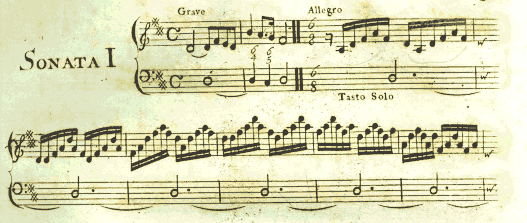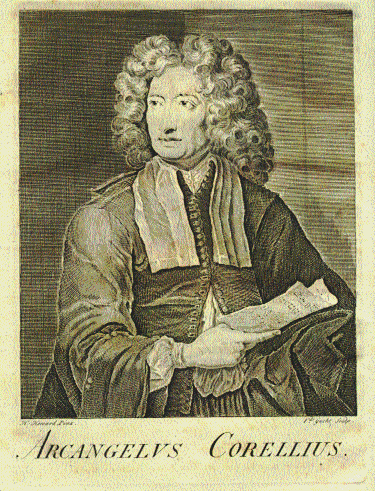Amateurs & Professionals
Today, we talk about amateurs and professionals. The University of Houston's College of Engineering presents this series about the machines that make our civilization run, and the people whose ingenuity created them.
Here's a book of Corelli sonatas for violin and continuo -- an elegant book, published in 1785. Its stiff rag paper is idented by fine letter-press printing. Only the music is plain -- just bare-bones melodies without ornaments or embellishments. Corelli expected his players to be amateur composers. They completed the music with their own decorative trills and turns.
This was the age of the amateur, and it produced such creative genius. Modern professionalism was unknown. An amateur is literally someone who loves what he does. And that's what drove 18th-century genius. Whether you played music or wrote mathematics, you were expected to put your own passions into your work.
When Igor Stravinsky was asked how we should interpret his 20th-century music, he said, "I don't want it interpreted, I just want it played." He wrote for the new breed of professional players that evolved in the 19th century. He wrote out all the dynamics and tempos. He asked no more than computer-like execution of his music by professional players and conductors alike.
Professionalism was a 19th-century invention. Individual players could still improvise in 18th-century chamber orchestras, but that's quite impossible on the scale of a modern symphony. Science and engineering likewise turned into professions during the 1830s and 40s. They had to. The Brooklyn bridge and the space shuttle both required the coordinated efforts of a lot of dedicated professional engineers -- of experts who would do things right every time.
Yet the space shuttle is put into the sky by a rocket, and Goddard's invention of the high-altitude rocket in the 1920s was a one-man effort. Goddard was a highly trained professional, but he changed the world by thinking like an amateur. His rocket didn't reflect established expertise. It was a leap of the mind and a leap of the heart. Goddard had no guarantee of success, and he saw a lot of failure before his rockets flew. The professionals who watched him called him "moon mad."
The creative part of engineering is often done by professionals, but only in that moment when they lay expertise aside and behave like amateurs. Invention, by its nature, lies outside the professional's arsenal of established knowledge.
You can spot the pros in a group of professionals and amateurs. Their faces are blanked and detached. They limit contact with the amateurs, because amateurs ares potentially dangerous. They don't play by rules. They risk error. They're the ones who join the game with their hearts -- as well as their heads.
I'm John Lienhard, at the University of Houston, where we're interested in the way inventive minds work.
(Theme music)
Corelli, A., Twelve Solos for the Violin with a Bass for the Harpsichord or Violoncello. Opera Quinta, London: H. Wright, (ca. 1785).

The unembellished opening lines from the first of Correli's Twelve Solos for the Violin, 1785

Frontispiece of Twelve Solos for the Violin